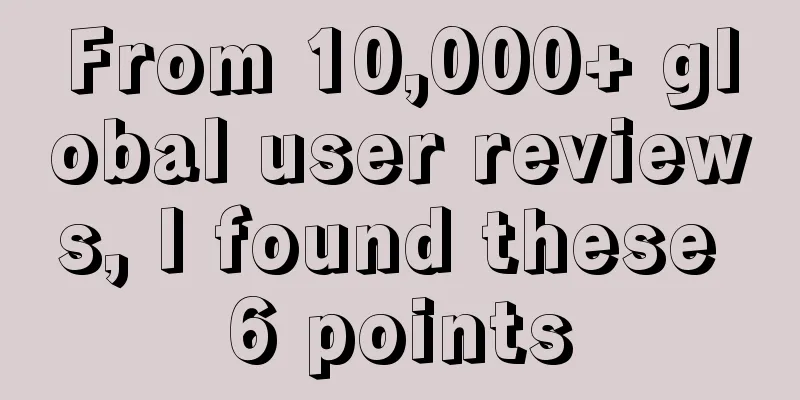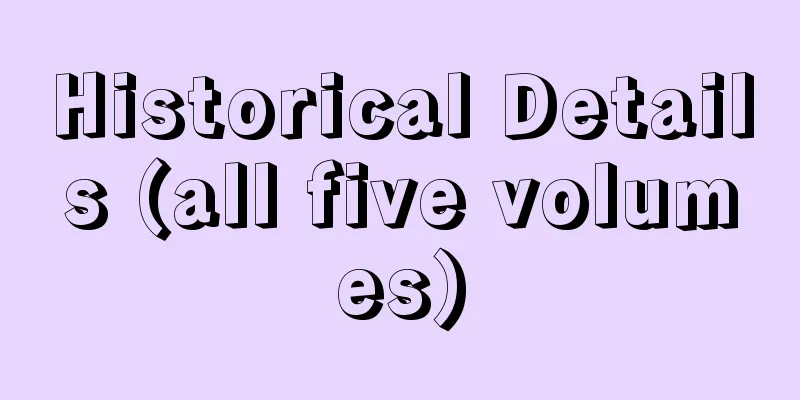A tutorial on how to create a spirograph using SwiftUI

|
This article is reprinted from the WeChat public account "Swift Community", written by Wei Xian Zhy. Please contact the Swift Community public account to reprint this article. To get some serious drawing done, I’ll walk you through creating a simple spirograph with SwiftUI. A “Spirograph” is the brand name for a toy where you place a pencil in a circle and spin it around the circumference of another circle to create various geometric patterns, called roulette — just like the casino game. This code contains a very specific formula. I’ll explain it, but it’s totally fine to skip this section if you’re not interested — this is just for fun, and there’s nothing new about Swift or SwiftUI here. Our algorithm has four inputs:
So let’s get started:
We then prepare three values from the data, starting with the greatest common divisor (GCD) of the inner and outer radii. Calculating the GCD of two numbers is usually done using Euclid's algorithm, which takes a slightly simplified form as follows:
Add this method to the Spirograph structure. The other two values are the difference between the inner radius and the outer radius, and how many steps we need to perform to draw the roulette wheel - this is 360 degrees times the outer radius divided by the greatest common divisor, times our quantity input. All of our inputs work best when they are provided as integers, but when drawing the roulette wheel we need to use CGFloat, so we'll also create CGFloat copies of our inputs. Now add this path(in:) method to the Spirograph structure:
Finally, we can draw the roulette wheel by looping from 0 to our end point, and placing the point at the exact X/Y coordinate. Calculating the X/Y coordinates of a given point in the loop (called "theta") is where the real math comes in, but to be honest, I just converted the standard equation from Wikipedia into Swift - it's not something I dream of memorizing!
This is the core algorithm, but we’re going to make two small changes: we’re going to add half the width or height of the drawing rectangle to X and Y, respectively, to center it in drawing space; and if θ is 0 — that is, if this is the first point drawn in the wheel — we’re going to call move(to:) instead of addLine(to:) on our path. Here’s the final code for the path(in:) method—replace the // more code to come comment with the following:
I realize this is a lot of heavy math, but the payoff is coming: we can now use this shape in a view, adding various sliders to control the inner radius, outer radius, distance, amount, and even color:
That’s a lot of code, but I hope you take the time to run the app and appreciate how beautiful the roulette wheel is. What you’re seeing is actually just a form of roulette, known as a hypotrochoid — with small tweaks to the algorithm, you can generate epitrochoids and so on, which are beautiful in different ways. Before I sign off, I want to remind you that the parametric equations used here are standard in mathematics, not something I just invented - I actually went to Baidu and looked up the page about hypotrochoids[1] and converted them into Swift. References [1]hypotrochoids: http://www.durangobill.com/Trochoids.html |
Recommend
Cambridge's cool new invention: Roll up a piece of cloth and it becomes a display screen!
Written by: Wu Tingting Editor: Kou Jianchao One ...
Interesting fact: Can human organs be replaced?
Throughout the ages, organ replacement has always...
A complete analysis of Tik Tok’s content operations, just read this article!
Just yesterday, Douyin announced that its daily a...
GAC Aion: In January 2024, GAC Aion's global sales volume reached 24,947 units, and its overseas sales volume exceeded 3,000 for the first time
In January 2024, GAC Aion's global sales volu...
Captain Da Shanzhaowan's Notes | Deep Sea Part 2
About the Mistakes of Hydrothermal Fluids During ...
Insights into the trends of electronic product information flow delivery
Core summary: ▶ Overview of overall advertising i...
[Smart Farmers] Fighting against insects to protect rice crops! Controlling the notorious rice pest - brown planthopper
Arthropods are one of the most prosperous groups ...
Jia Yueting vs. Ding Lei: a battle between two car companies in a huge financial crisis
On the morning of March 5, Jia Yueting, the found...
How much does it cost to install a 400 phone? How much does it cost to install a 400 phone?
The installation of 400 telephone is an indispens...
Live broadcast account operation course
Introduction to live broadcast account operation ...
How was the first New Year's Day of New China celebrated?
[The Origin of New Year’s Day in China] September...
Derivation and thinking of user operation system
A system is a whole composed of similar things wi...
How to choose keywords for Baidu bidding promotion?
Nowadays, bidding promotion has become a very imp...
Weekly Science Talk | How did giant pandas transform from carnivores to “vegetarians”?
The cute giant pandas are loved by people. They a...
How much does it cost to customize the Linfen meat and poultry mini program? What is the customized quotation for Linfen meat and poultry mini program?
There is no fixed price for the customization of ...









